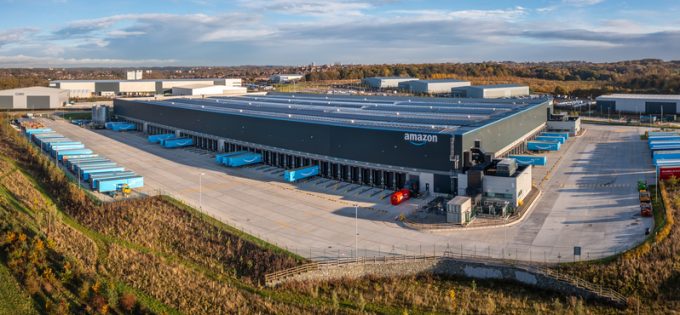FW: Walmart rolls forward with brokerage – what it means for Amazon
FREIGHTWAVES reports: Trucking companies in Walmart Transportation’s network have recently started receiving emails about Walmart’s new ...

Amazon has been a relentless driver of change in the ecommerce arena, forcing competitors to try to catch up in a robust push for faster deliveries.
But in a twist of the plot, losing ground to Walmart and low-cost Chinese players Temu and Shein, the behemoth has been forced to change strategy.
In the past two years, Amazon rented out its unused warehouse capacity as the pace of ecommerce growth slowed, leveraging its network to accelerate the pace of deliveries. But today ...
Macron calls for ‘suspension’ – CMA CGM's $20bn US investment in doubt
Trump tariffs see hundreds of cancelled container bookings a day from Asia
De minimis exemption on shipments from China to the US will end in May
Forwarders stay cool as US 'liberation day' tariffs threaten 'global trade war'
Mixed response in US to 'Liberation Day', while China leads wave of retaliation
Tariffs and de minimis set air freight rates on a volatile course
Overcapacity looms for ocean trades – with more blanked sailings inevitable
'To ship or not to ship', the question for US importers amid tariff uncertainty

Comment on this article